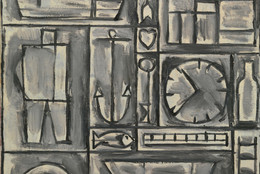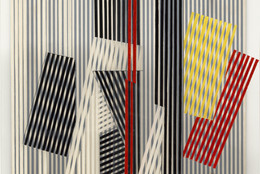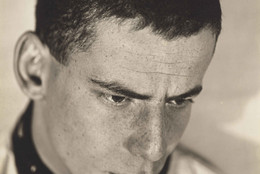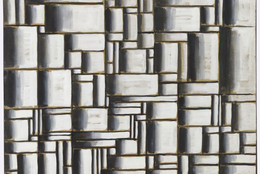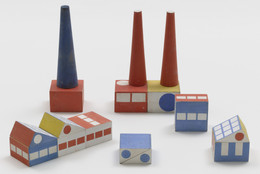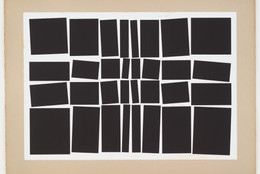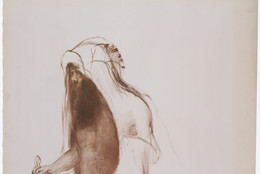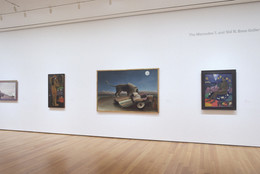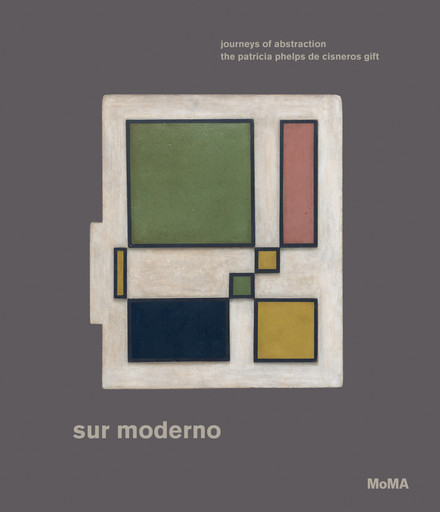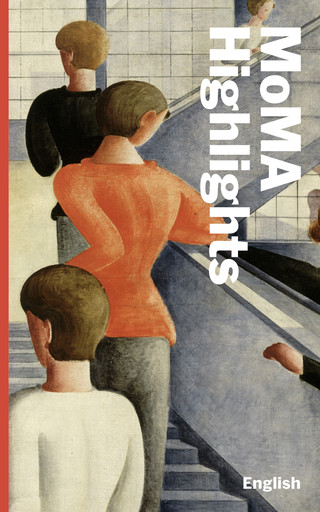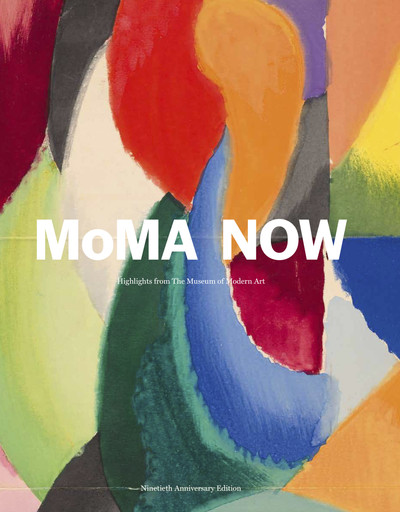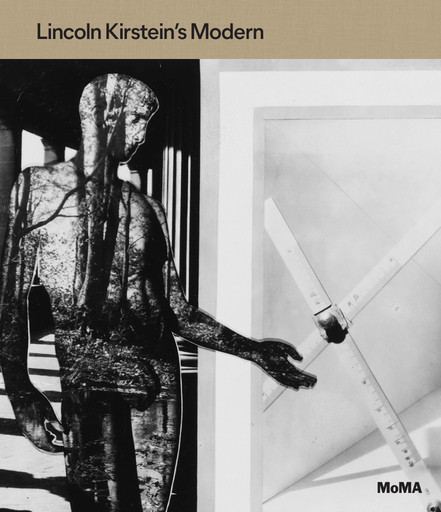“A great School of Art should arise here, in [Uruguay…]. I call it School of the South; because in reality, our north is the South.... From now on, we place the map upside-down, so we have a fair idea of our positioning, and not how they would want it in the rest of the world.”
The Uruguayan-born artist Joaquín Torres García was 60 years old when he returned to his native country in 1934, after living abroad in Spain, France, Italy, and the United States for more than four decades. His repatriation coincided with a period of heated debates about the role of art in Uruguay and beyond. An authoritative tone and pluralistic forms of address characterized Torres García’s theoretical approach to art, which combined teaching, publications, and lectures, and became more and more ardent during the last 15 years of his life.
Born in Montevideo in 1874, Torres García came of age in Barcelona, where he began his formal art training under Josep Vinardell and the Escola Municipal d’Arts i Oficis at night. He assisted Antoni Gaudí, architect of the Sagrada Familia church, and eventually became the official painter for the Palau de la Generalitat, the seat of Catalan presidency. In 1901, in his first published text, he defended the need for authenticity in art, advising artists to refer to their own experiences and renounce copying historical models. This firm belief in artistic autonomy became a crucial comfort for Torres García when his contract with Catalonia’s Commonwealth was suddenly terminated in 1917, and it would continue to inform his practice.
Between 1920 and 1922, Torres García and his family lived in New York City. During this period, his paintings became more dynamic, with scenes depicting the density and vibrant rhythm of the streets infused with signage, carriages, trains, and pedestrians. Some of the works produced in New York first bore the appearance of grid-like structures, their various compartments containing symbols. These elements made up a highly personal style that the artist would crystallize by the end of the decade. In New York, Torres García produced modular, reconfigurable wooden toys with the hope of commercial profit. He launched the company Artist Toy Makers and exhibited toy prototypes at the Whitney Studio Club.
In March 1921, when Joseph Stella invited him to attend the Society of Independent Artists annual ball, Torres García created a legendary costume to wear for the occasion. With the help of his wife, Manolita Pina, he painted a pair of white overalls with an imaginary map of the City, representing the artist’s understanding of his place and time; the costume caught the attention of the local press and was written about in the New York Times. Equally fascinated and distraught by his urban experience, Torres García wrote “This is New York—the city of seven million people—which crushes the artist.—But New York is New York—one of a kind,” before leaving the city to return to Europe.
While living in Paris in the late 1920s, Torres García became acquainted with Theo van Doesburg, Michel Seuphor, Piet Mondrian, and Georges Vantongerloo, artists who were united in their opposition to the Surrealist movement’s predominantly narrative figuration and fascination with the unconscious. In 1930, Torres García became a central figure in the organization of the short-lived but hugely influential Cercle et Carré group, and in the dissemination of the group’s ideas through their namesake journal, which published three issues in 1930 before the group’s dissolution. This collective experience would carry over into the development of Torres García’s “Universalismo Constructivo” (Constructive Universalism), a painting method of grid-like structures underlying compositions and containing graphic symbols.
In 1934, upon his return to Uruguay, Torres García wrote a manuscript for his critical lecture “La Escuela del Sur” (“The School of the South”), addressing the need for the foundation of a national art school in Montevideo. On the manuscript’s cover is the first iteration of Torres García’s celebrated inverted map of the Americas, which visually represents his call for regional empowerment; it later appeared in the first issue of Círculo y Cuadrado magazine (published between 1936 and 1943 as a Spanish-language continuation of Cercle et Carré). More than any other single image, this cartographical inversion has become a visual manifesto and banner for a modernity of, and from, the South. The image’s subsequent appearance on many products—from mugs and T-shirts to mate cups and flags—signals the endlessly forceful impact of Torres García’s ideas about Latin America.
Karen Grimson, independent scholar, 2024
“Una gran Escuela de Arte debiera levantarse aquí en nuestro país [Uruguay]... He dicho Escuela del Sur; porque en realidad, nuestro norte es el Sur… Por eso ahora ponemos el mapa al revés, y entonces ya tenemos justa idea de nuestra posición, y no como quieren en el resto del mundo”.
El artista uruguayo Joaquín Torres García tenía 60 años cuando regresó a su país natal en 1934, tras haber vivido más de cuatro décadas en España, Francia, Italia y Estados Unidos. Su retorno coincidió con un periodo de acalorados debates sobre el rol del arte en Uruguay y en el resto del mundo. El tono categórico y la manera pluralista de dirigirse a los demás caracterizaban el planteamiento teórico de Torres García sobre el arte, que combinaba docencia, publicaciones y conferencias, y se volvió más vehemente durante los últimos quince años de su vida.
Torres García nació en Montevideo en 1874 y alcanzó la mayoría de edad en Barcelona, donde comenzó su formación artística formal bajo la tutela de Josep Vinardell y en la Escola Municipal d'Arts i Oficis nocturna. Fue ayudante de Antoni Gaudí, arquitecto de la Basílica de la Sagrada Familia, y con el tiempo se convirtió en el pintor oficial del Palau de la Generalitat, sede de la presidencia catalana. En 1901, en el primer texto que publicó, defendía la necesidad de la autenticidad en el arte, recomendando a los artistas que recurrieran a sus propias experiencias y renunciaran a copiar modelos históricos. Esa firme defensa de la autonomía en el arte se convirtió en un consuelo fundamental para Torres García cuando su contrato con la Generalitat catalana fue rescindido repentinamente en 1917, y continuaría inspirando su obra durante toda su vida.
Entre 1920 y 1922, Torres García vivió con su familia en Nueva York. Durante ese periodo, sus pinturas se volvieron más dinámicas, con escenas que representaban la densidad y el vibrante ritmo de las calles repletas de carteles, carruajes, trenes y peatones. En algunas de las obras realizadas en Nueva York aparecieron por primera vez las estructuras cuadriculadas, cuyos compartimentos contenían símbolos. Estos elementos dieron forma al estilo personal del artista que cristalizaría a finales de la década. En Nueva York, Torres García produjo juguetes de madera modulares y reconfigurables con la esperanza de comercializarlos, fundó la empresa Artist Toy Makers y expuso prototipos de juguetes en el Whitney Studio Club.
En marzo de 1921, cuando Joseph Stella lo invitó al baile anual de la Sociedad de Artistas Independientes, Torres García diseñó un mítico traje para la ocasión. Con la ayuda de su mujer, Manolita Piña, pintó un par de mamelucos blancos con un mapa imaginario de la ciudad que supo representar la manera en que el artista entendía su lugar y su tiempo. El traje llamó la atención de la prensa local y fue comentado en el New York Times. Tan fascinado como angustiado por su experiencia urbana, Torres García escribió: “Esto es New York, la ciudad de los siete millones, que aplasta al artista. Pero New York es New York, única”, antes de abandonar la ciudad para regresar a Europa.
Durante su estancia en París a finales de la década de 1920, Torres García conoció a Theo van Doesburg, Michel Seuphor, Piet Mondrian y Georges Vantongerloo, artistas unidos por su rechazo a la figuración predominantemente narrativa del movimiento surrealista y su fascinación por el inconsciente. En 1930, Torres García se convirtió en una de las figuras centrales en la organización del efímero pero sumamente influyente grupo Cercle et Carré, y en la difusión de las ideas del grupo en su revista homónima, de la que se publicaron tres números en 1930, antes de la disolución del grupo. Esta experiencia colectiva sería luego pasmada en el desarrollo del “Universalismo Constructivo” de Torres García, un método pictórico basado en estructuras de cuadrículas subyacentes a las composiciones, que contienen símbolos gráficos.
En 1934, cuando regresó a Uruguay, Torres García escribió la primera versión de su conferencia crítica “La Escuela del Sur”, en la que declaró la necesidad de fundar una escuela nacional de arte en Montevideo. En la portada del manuscrito aparece la primera versión del célebre mapa invertido del continente sudamericano, que representa visualmente la reivindicación que hacía Torres García de un empoderamiento regional. Más tarde salió en el primer número de la revista Círculo y Cuadrado (publicada entre 1936 y 1943, como continuación en español de Cercle et Carré). Más que cualquier otra imagen, esta inversión cartográfica se ha convertido en un manifiesto visual y estandarte de una modernidad del y desde el Sur. La constante utilización de la imagen en gran cantidad de productos —desde tazas y camisetas hasta recipientes de mate y banderas— demuestra la inagotable fuerza del impacto que tuvieron las ideas de Torres García en América Latina.
Karen Grimson, investigadora independiente, 2024










